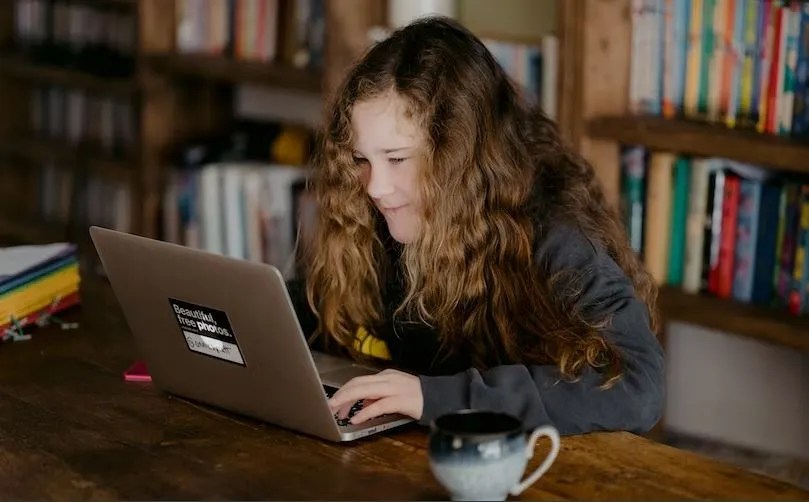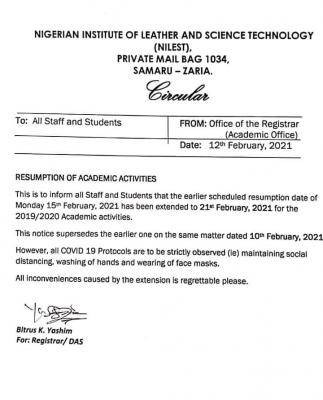
STEM (Science, Technology, Engineering, and Mathematics) classes have become a cornerstone of modern education. From elementary school to college-level courses, STEM topics are essential for students to understand to build the skills they need for success in today’s world. But these classes can also be challenging and complex for many learners. Educators must ensure that their lessons are clear and accessible so all students can benefit from them. Here are some tips on how to make STEM classes more understandable and enjoyable for your students.
1. Use Visual Aids To Make Concepts Easier To Understand
Visual aids such as diagrams, charts, and videos effectively make complex concepts easier to grasp. These materials can give students a clearer understanding of how things work together by visually representing the connections between different elements.
In addition, equip your laboratory with interactive platforms like digital whiteboards, tablets, or projectors. These devices from pasco can make more complicated concepts easier to follow and provide an opportunity for students to interact with the material more engagingly. This can be especially helpful when introducing new topics as it gives them an easier way to make sense of the material before diving into more in-depth discussions.
2. Break Concepts Down Into Smaller, More Manageable Pieces
Breaking concepts down into smaller parts helps keep student engagement high by making it easier for them to follow along with the lesson without getting overwhelmed or lost in the details. It also provides opportunities for review since each part can be revisited as needed until all the material has been covered.
Furthermore, this approach encourages active participation from each student. Ask questions throughout the class to check for comprehension, and then have students explain their understanding in their own words. This will help them better grasp the subject matter and encourage critical thinking skills.
3. Incorporate Hands-On Experiments For More Engagement
Hands-on experiments are another great way to bring STEM lessons to life. They are fun and engaging and help students connect the theoretical with the practical by allowing them to apply what they’ve learned tangibly.
Interactive projects like building bridges or constructing robots can be particularly beneficial, as they allow teams of students to work together and learn from each other. These types of activities can also foster a sense of camaraderie in the class, which can lead to improved learning outcomes.
4. Utilize Technology
The use of technology in the classroom is a great way to make STEM classes more engaging and interactive. Various tools, such as online tutorials and simulations, can help students practice their skills and explore different topics in depth. A little research can go a long way in finding programs and activities that are both fun and educational.
In addition, technology can be used to customize instruction according to individual student needs. For example, some software programs allow teachers to adjust the difficulty level of certain topics based on a student’s progress and provide feedback along the way. This helps ensure all students get the support they need to reach their learning goals.

5. Make Learning Fun
Making learning fun is one of the most important elements of STEM education. This can be done by incorporating games and activities into the classroom that allow students to apply what they have learned in a fun way. When students are engaged in activities that pique their interests, they’re more likely to retain information and remain motivated to pursue further studies.
Educators can use various methods to make STEM classes more enjoyable, such as interactive demonstrations, engaging games, and activities, or incorporating music or art projects into the lesson. In addition, taking field trips or bringing in guest speakers can provide real-world context for the material and spark interest in the topics being discussed. Doing this will make learning more enjoyable and can even help motivate students to learn more.
6. Personalize The Learning Experience
Finally, educators should strive to personalize the learning experience as much as possible. This means taking into account each student’s needs and interests to create a curriculum tailored to their strengths and weaknesses.
By understanding what motivates each student and providing them with appropriate materials for their skill level, educators can create an environment where students feel empowered to learn and succeed. This is one of the most effective ways to make STEM classes more clear and more accessible for all types of learners.
Making STEM classes clear for students requires effort from both educators and learners. By following these tips, you can ensure that your lessons are accessible and engaging so that all students can benefit from them. With effort and dedication, STEM classes can become an enjoyable and rewarding experience for everyone involved.




